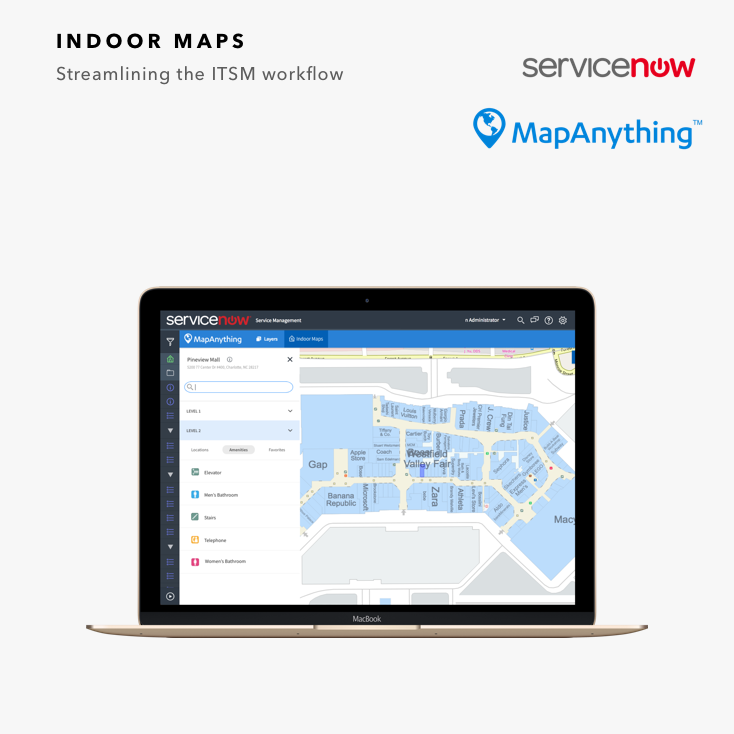TL;DR
The Peace Corps uses a system called PCMEDICS as their electronic medical record system (EMR) worldwide for doctors and staff members. Their web based app is struggling with usability issues regarding navigation, patient data presentation, and clinical form layouts. The focus of this engagement was scoped to the dashboard, patient summaries, and encounter forms.
As part of a three person team, we delivered a redesign of those 3 sections including features for tracking unfinished work, universal search options, and a customizable dashboard interface to allow flexible usage across all staff members. I lead efforts in user research, competitive analysis, client demos, usability feedback, and high fidelity mockups.
INITIAL MEETING
BACKGROUND & RESOURCES
When we first spoke with Peace Corps, the meeting gave us an understanding of how to apply our knowledge of user experience design to their existing, and very complex, EMR. My team and I broke down the current system with our client to get a top level familiarity with the system.
"Doctors are busy. They're used to seeing a lot of details. The information they are accessing needs to be organized in an intuitive, easy-to-understand way."
-Peace Corps Medical Officer
They provided screenshots of the three pages they wanted us to work on and walked us through the current interactions and user types. This information was invaluable in understanding their needs and yielded a discussion on how to improve the current system.
DASHBOARD
The dashboard is dominated by the calendar and message center. The features are little used, yet take up the majority of the page.
The left navigation bar, which includes items frequently used, is cramped and hard to navigate. Search is often used, yet is buried at the bottom of the page.
PATIENT SUMMARY PAGE
The patient summary page is dominated by demographic information that users of the system said was of little value given the prominent placement.
More useful features like medication, allergies and problems get less prominent placement and the frames make it difficult to find important information.
PATIENT ENCOUNTER FORM
The patient encounter form is divided in to 4 sections that medical officers have to continuously jump back and forth between while meeting with patients.
It is crucial that the medical officers are able to reference the patient's medical history, current medication, and allergies at all times while completing this form, making it difficult to stay focused.
RESEARCH
USER INTERVIEWS
In order to gain a broader understanding of the PCMEDICS interface, I conducted interviews with medical officers who interact with the current system on a daily basis. Though tasked with contacting, scheduling, and conducting interviews with a geographically diverse group of users proved challenging, the insights were invaluable.
"The search bar is at the bottom corner. I'm not sure that makes the most sense given its level of usage."
-Peace Corps Medical Officer
Preceding user interviews, the unwieldiness of the system through a lack of coherent navigation compounded by confusing verbiage proved to be crucial problems. With the help of our client, we identified a list of major pain points to narrow the scope of our design work:
The landing page was not useful, and some in the field would bypass it entirely
Trying to e-sign a form was an exercise in futility that required jumping back and forth from the beginning to end of the form
In many cases, routine work in PCMEDICS requires continual re-sizing of viewing panes to access information
Verbiage is not consistent throughout the site which causes confusion
The volunteer summary page devoted the most real estate to the least useful information (unchanging demographic information)
IDEATION
SKETCHING & WIREFRAMING
Using agile methodologies, I was able to lead the team in initial wireframes based off of the feedback given by Peace Corps staff every step of the way. I wanted to focus on reorganizing the current system to fall in line with established design trends (i.e. search bar location, profile photo) and provide a clear system hierarchy through scale.
DASHBOARD
Search bar prominently placed
Drawing attention to alerts and new messages
Quick view calendar for day, week, or month
Agenda and task tracking
PATIENT SUMMARY PAGE
Emphasis on static medication, allergy, and lab information
Profile photo to ensure patient recognition
Detailed patient history list with filtering options
Reduced demographic information
PATIENT ENCOUNTER FORM
Drop down boxes with frequently used information
Collapsable sections for quick navigation
Quick links to add additional forms
Tabs within dense sections to avoid scrolling up and down
ITERATIONS & TESTING
EXPANDING THE DESIGN
After coming to conclusions about what was working and what wasn’t, I mocked up a low fidelity digital prototype to test. These iterations expanded past the scope of our redesign of the current pages which included a feature set developed in order to fill the holes in the system.
Through testing we found that there was a different priority level for information based on the user accessing the network (medical officer vs headquarters staff), and that we needed to design for customization.
Customized content for doctor's dashboard view:
Customized content for headquarters staff dashboard view:
FINAL DELIVERY
The final result was one that was very much anticipated and very well informed. I built the final prototype using Sketch and Keynote. The new constraints gave us a shortened timeline so I needed to use tools that allowed me to quickly design at a high level and add the interactions needed to demonstrate functionality.
Our clients were extremely satisfied with the problems we solved and the feature set we added which included:
Quick glance calendar
In progress document tracker
Tasks
Dual time zone
Personalized user login
Customizable dashboard
“Kudos to you three for your fantastic work, and a genuine thank you for the help you have provided us.”




